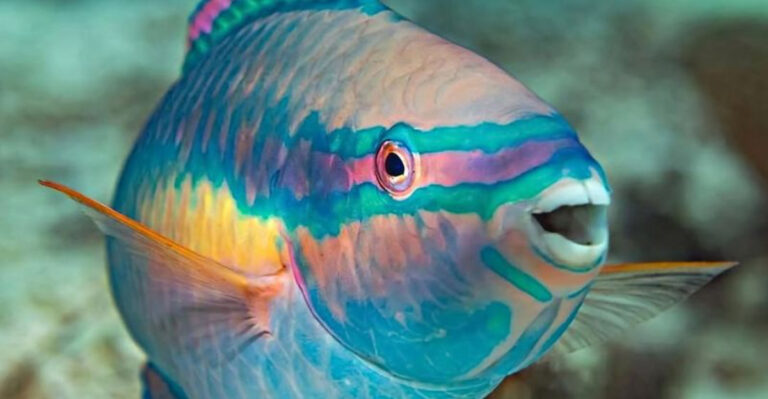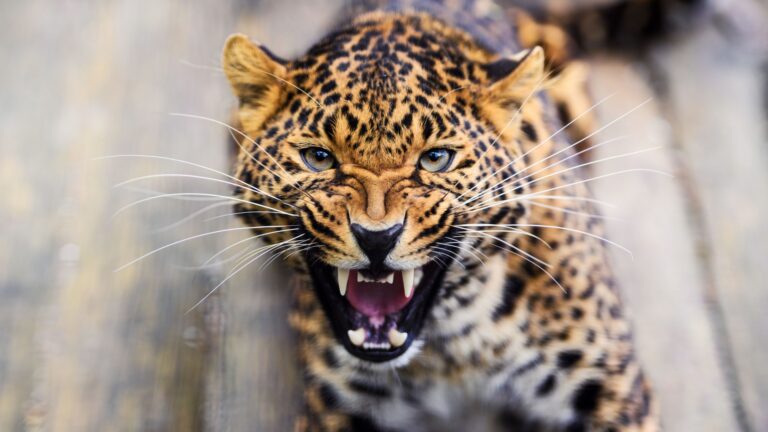11 Animals That Have Stayed The Same For Millions Of Years
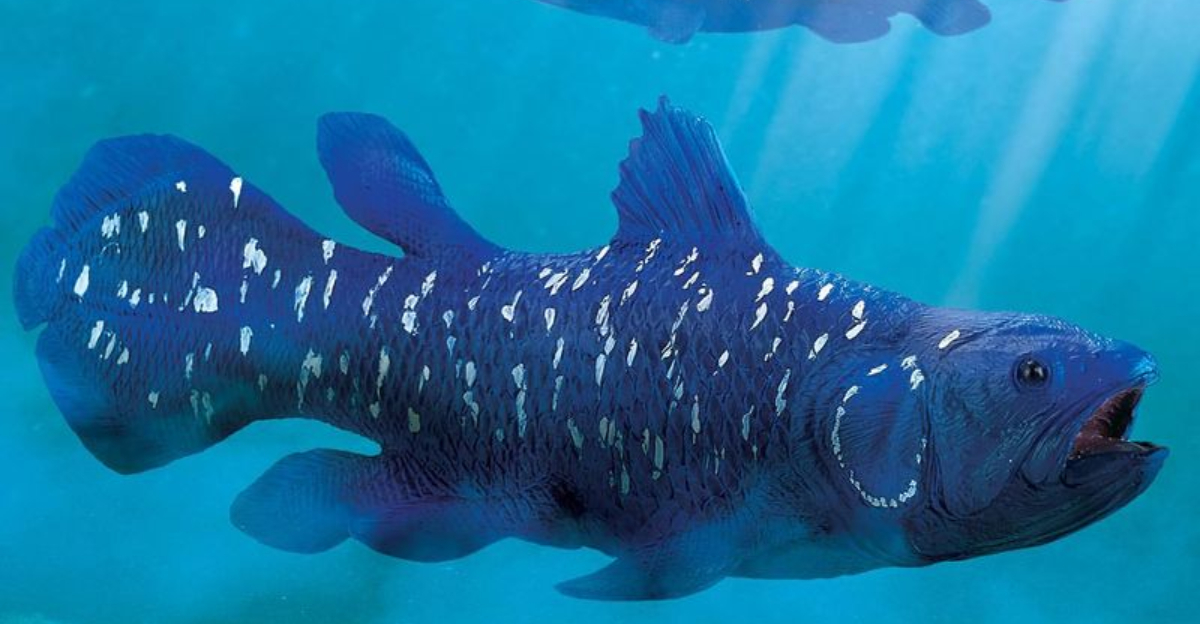
Throughout Earth’s history, some creatures have remained virtually unchanged for millions of years.
Known as living fossils, these ancient beings have evolved in ways that have helped them survive through countless geological shifts.
These fascinating creatures have maintained their unique traits despite a constantly changing world. Let’s take a closer look at these time-tested survivors!
1. The Hackberry Emperor Butterfly
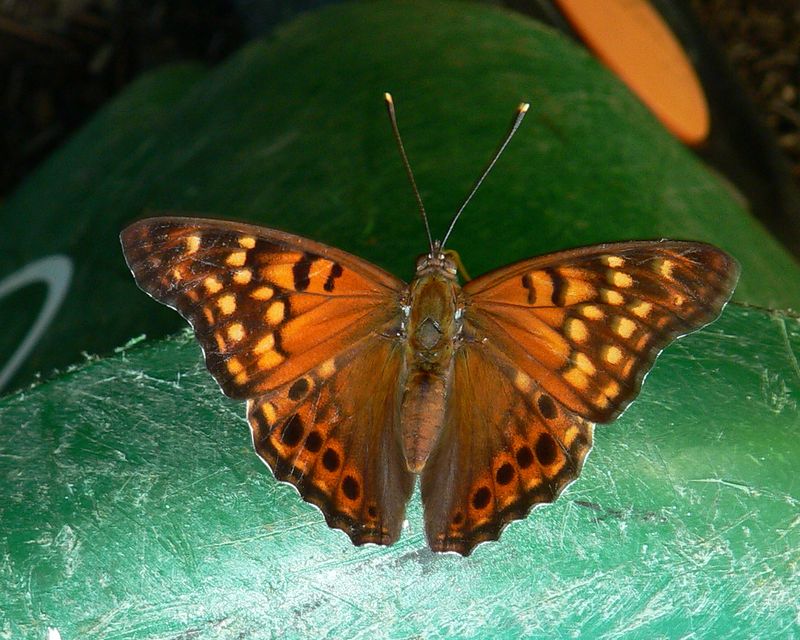
The Hackberry Emperor Butterfly has been around for millions of years, with its patterned brown wings and distinct eyespots.
Found mostly in North America, it thrives in wooded areas where its host plant, the hackberry tree, grows.
Its life cycle and behaviors have remained steady, showing how well it’s adapted to its environment. This butterfly’s survival reminds us of nature’s delicate balance.
2. Velvet Worm
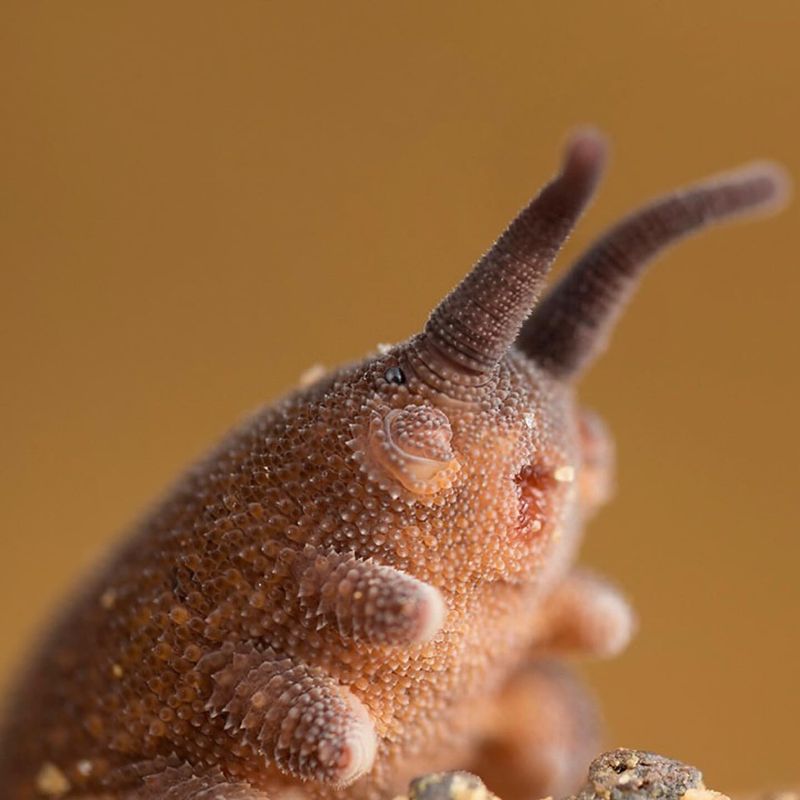
Velvet worms, or onychophorans, have been around for over 500 million years, straddling the line between worms and arthropods. They live in damp forest floors, hunting with adhesive slime.
These creatures move using numerous small legs, gliding through their environment with ease. Their ancient lineage makes them a fascinating subject for studying evolution.
However, habitat destruction threatens their populations. Conservation efforts focus on protecting their habitats, helping ensure they continue to thrive.
3. Goblin Shark
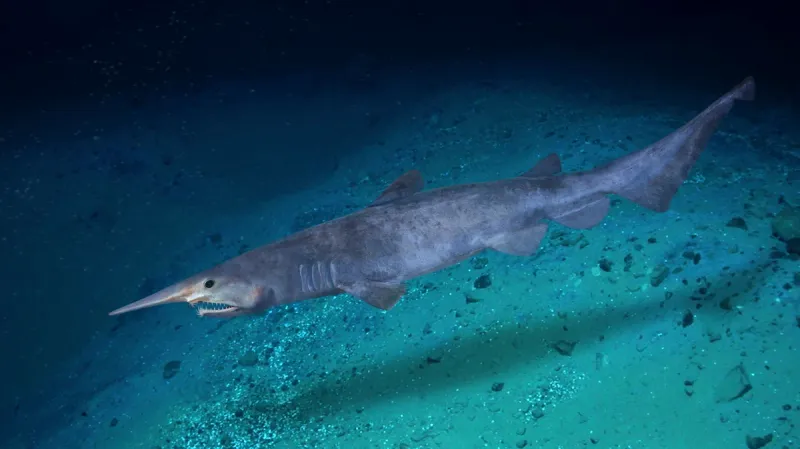
The goblin shark is a deep-sea mystery, with its long, flattened snout and protruding jaws. Living in the ocean depths, it’s stayed mostly unchanged for millions of years.
These sharks are elusive, rarely seen by humans, and have unique features like pinkish skin and electro-sensitive abilities. They’re well-adapted to their dark underwater world.
Studying goblin sharks helps scientists understand how life thrives in the deep ocean. Protecting their habitats from threats like pollution and mining is crucial for their survival.
4. Nautilus
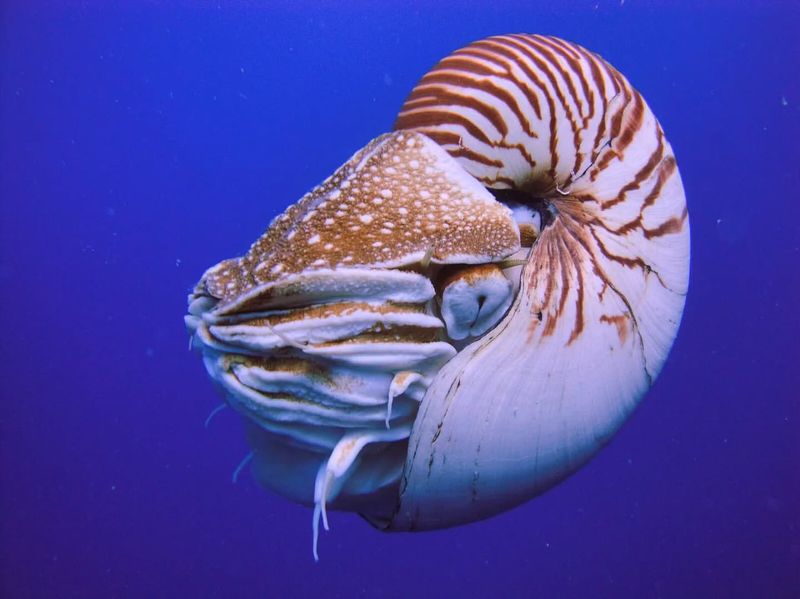
The nautilus has been around for over 500 million years, making it a true ocean survivor.
With its spiraled, chambered shell, it’s related to squid and octopuses but keeps a more primitive form.
Its shell allows it to survive deep underwater, controlling buoyancy with gas-filled chambers.
This unique adaptation has helped it thrive through countless geological changes.
5. Tuataras
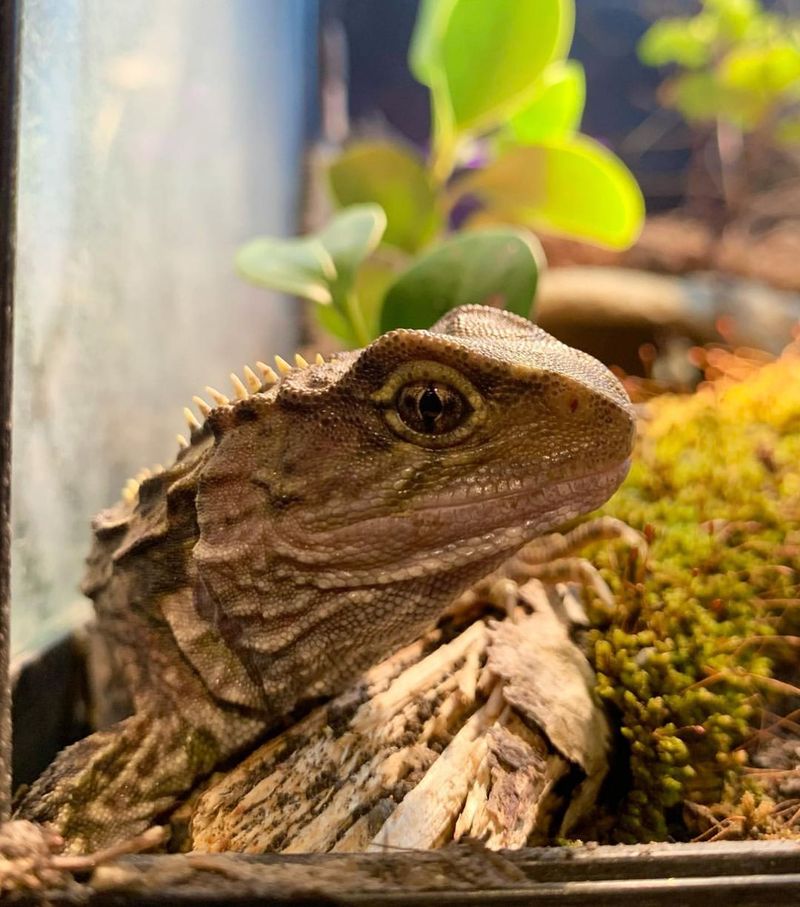
Tuataras are cool, ancient reptiles from New Zealand that have been around for over 200 million years.
Often called “living fossils,” they still have some wild, primitive traits like a third eye on their heads!
These unique creatures thrive on small islands, living alongside seabirds. They have a slow metabolism, which helps them survive on limited food.
6. Horseshoe Crab
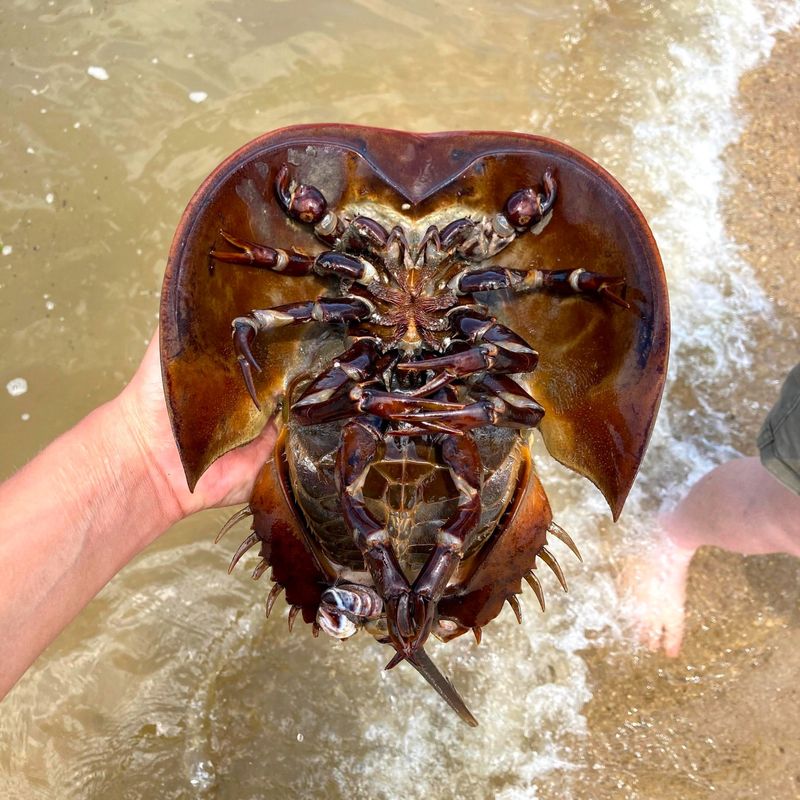
Horseshoe crabs have been cruising Earth for over 450 million years, and they’ve barely changed! With their hard shells and long, pointy tails, they look like little ancient warriors.
They’re not true crabs – surprise – they’re actually more closely related to spiders and scorpions!
Beyond their cool looks, they play a big role in ecosystems and even help with medical testing.
Even though they face modern threats, these resilient creatures keep on going strong. Talk about a living fossil!
7. Sturgeon
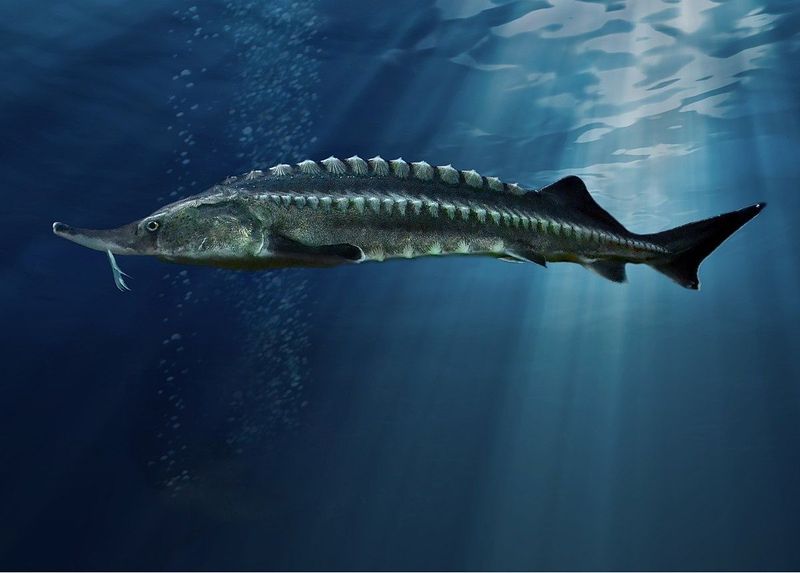
Sturgeons are ancient fish that have been around for over 200 million years.
Known for their long bodies and bony scutes, they live in both freshwater and coastal environments.
These fish are vital for caviar production, which has unfortunately led to overharvesting.
Their slow growth and adaptability helped them survive, but also make them vulnerable to overfishing.
8. Tadpole Shrimp
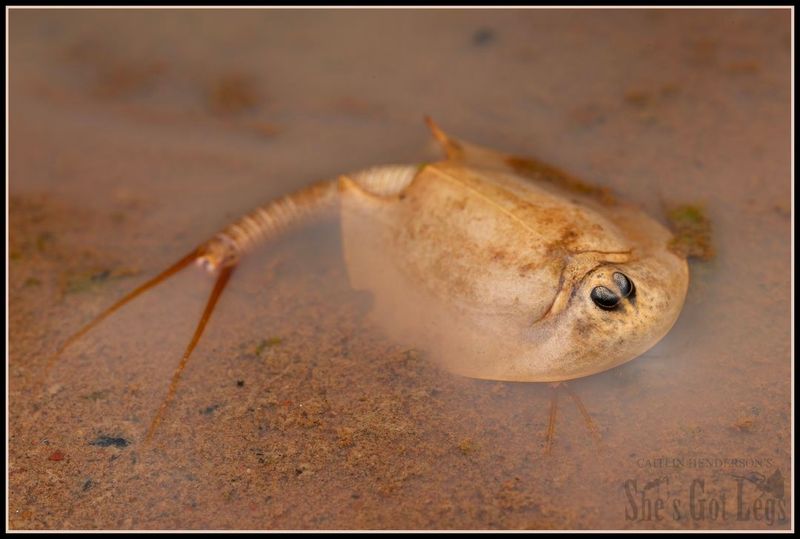
Tadpole shrimp, or triops, have been around for over 200 million years, making them true survivors. With their shield-like carapace and long tail, they resemble ancient life forms.
These resilient crustaceans lay dormant eggs, or cysts, that can survive for decades, hatching when conditions are right.
This unique ability helps them thrive in changing environments.
Despite their toughness, human activities threaten their populations.
9. Jellyfish
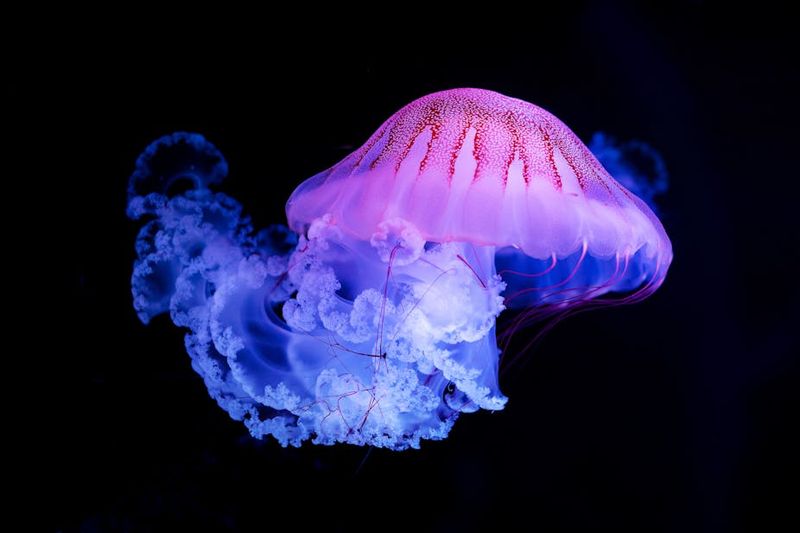
Jellyfish have been drifting through Earth’s oceans for over 500 million years, with their gelatinous bodies and mesmerizing movements.
Despite their delicate nature, they’ve thrived across the globe.
With no brain or heart, their simple nerve net allows them to respond to environmental stimuli. This simplicity might be the secret to their survival through the ages.
10. Crocodile
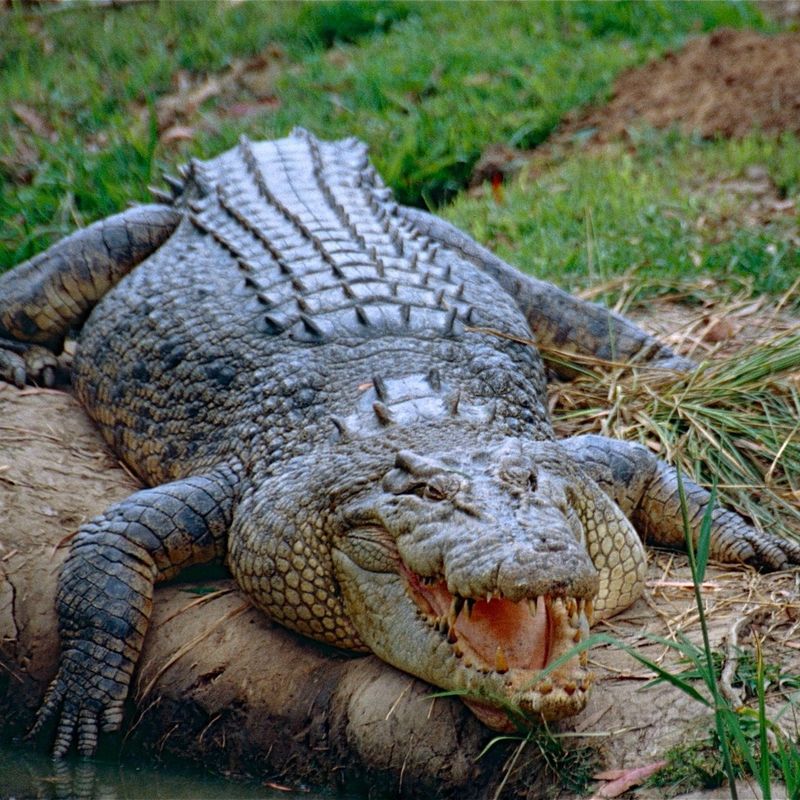
Crocodiles have been around for over 200 million years, making them some of the most powerful reptiles.
With their tough skin and strong jaws, they’ve stayed true to their prehistoric form.
These cold-blooded predators thrive in warm climates like rivers and wetlands. Their hunting skills and social behaviors have been perfected over time, ensuring their survival.
Crocodiles play a vital role in maintaining ecological balance. Conservation efforts focus on protecting their habitats from human threats to keep these ancient creatures thriving.
11. Coelacanth
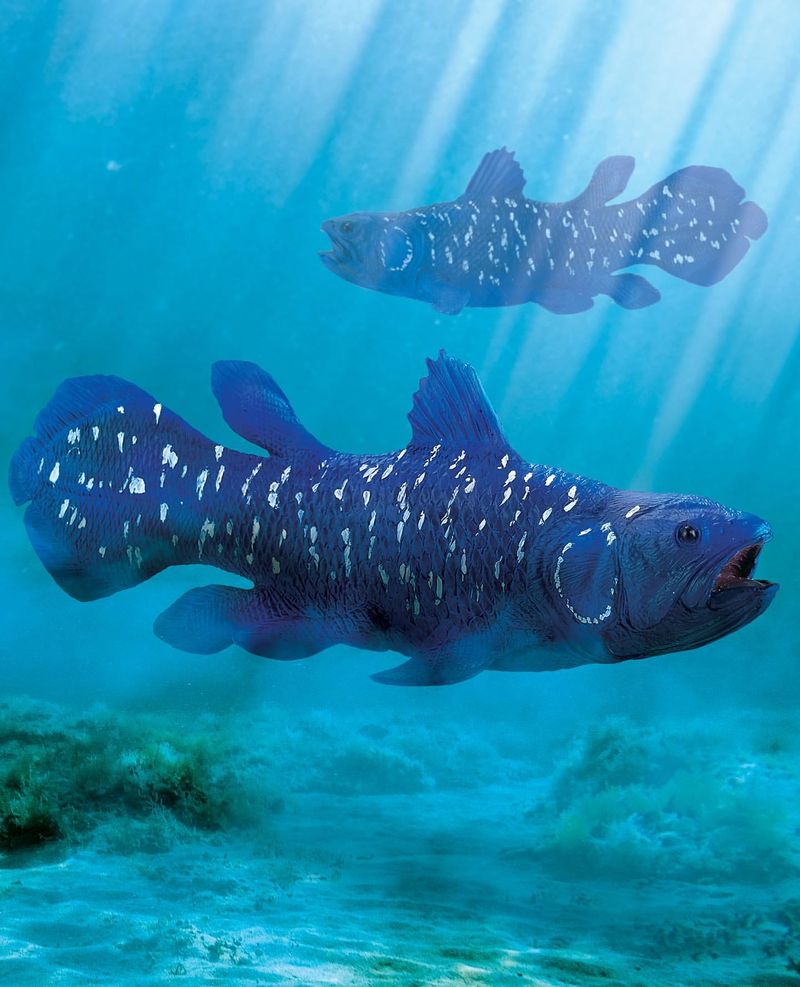
Thought to be extinct, the coelacanth made a splash when rediscovered in 1938!
These ancient fish have been around for about 400 million years, looking almost exactly like their ancient relatives.
What makes them so cool? They have lobed pectoral fins that move like a land animal’s limbs, giving a sneak peek into the sea-to-land transition.
Living deep in the Indian Ocean, coelacanths prefer to stay hidden from humans.



